Continuous Integration And Continuous Supply Ci Cd Fundamentals
A strong CI/CD setup ought to effortlessly increase along with your growing growth staff and project complexity. This means it may possibly effectively handle elevated workloads as your software growth efforts grow, sustaining productivity and effectivity. CI begins in shared repositories, where groups collaborate on code using version control methods (VCS) like Git.

In a steady deployment pipeline, the construct mechanically deploys as quickly because it passes its take a look at suite. The first section in a CI/CD pipeline is the creation of supply code, where developers translate requirements into functional algorithms, behaviors and features. The tools employed for this rely upon whether the development team is working in Java, .NET, C#, PHP or countless other growth languages. Other supply code and pipeline support instruments, including code repositories and model control systems such as Git, typically type the inspiration for constructing and testing phases. The following diagram shows continuous integration as a half of a full continuous integration / steady supply (CI/CD) process. CI is simply step one of a modern software improvement pipeline.
Most developer groups are inclined toward code adjustments when the combination process achieves higher cooperation and software program quality. On the opposite hand, the CD begins the place CI ends to make sure that the code adjustments are mechanically pushed to the chosen infrastructure environments. Developers regularly commit codes to model management methods similar to GitHub, which start the CI course of. The code high quality can be decided by scanning or analyzing it with static code evaluation instruments. The CI process creates the final construct after operating automated exams, corresponding to unit and integration checks. CI/CD and DevOps share a typical goal—to allow swift and sturdy software program improvement.
Key Differences Between Ci/cd And Devops
It focuses on the later levels of a pipeline, where a completed build is totally tested, validated and delivered for deployment. Continuous delivery can — but does not essentially — deploy a efficiently tested and validated build. Alice, Bob, and Charlie are every working on three different features on their workstation. They use long-running function continuous integration monitoring branches that exist for several weeks or even months earlier than being merged into production. You want developers to merge their code usually so the checks have to be fast. Ideally inside minutes to avoid builders switching context all the time with highly async suggestions from the CI builds.
This helps developers to build, take a look at, and deploy updates or releases with out compromising the infrastructure’s stability. CI/CD helps organizations keep away from bugs and code failures while maintaining a steady cycle of software development and updates. As apps grow larger, features of CI/CD might help decrease complexity, improve efficiency, and streamline workflows. 5) The continuous feedback stage ensures the continuous improvement of the application. This is achieved via an evaluation of how the software program is operated.
How Do You Implement A Ci/cd Pipeline?
The check instruments commonly used in this stage embody Appium, Selenium, PHPUnit, Jest, Playwright, and Puppeteer. CI/CD is defined as a set of growth practices that allow the rapid and reliable supply of code modifications. DevOps is outlined as a collection of ideas, practices, processes, and applied sciences that allow improvement and operations groups to work together to streamline product growth. While the 2 ideas are related, they are completely different in some ways.

Developers should understand each deployment and operations, and take larger ownership of the software program’s reliability and efficiency. Business and project leaders must foster and reinforce this angle shift. Once this extremely annoying period is over, the merged result is handed to David who will carry out further handbook and automatic testing. This period can additionally be time-consuming as he is the one who can approve or block the release depending on how many critical bugs are found.
What’s Steady Delivery (cd)?
Repos also typically hold other parts of the software program growth process, corresponding to artifacts (of compilation and linking), libraries, executables, modules, take a look at scripts and suites. Repos present a comprehensive model management system, which ensures developers work on the latest codebase and integrate the most recent parts in the build course of. CI/CD is an essential part of DevOps methodology, which aims to foster collaboration between growth and operations groups. It’s a mindset that is so necessary, it led some to coin the time period «DevSecOps» to emphasise the necessity to construct a security basis into DevOps initiatives. DevSecOps (development, safety, and operations) is an approach to culture, automation, and platform design that integrates security as a shared duty throughout the entire IT lifecycle.
This process additionally mitigates product defects, thus boosting common person satisfaction levels. CI can run tons of of check cases in a matter of minutes, meaning your testers can concentrate on important improvements rather than retesting existing performance, ensuring nothing else breaks. Make positive that you strategy each improvement paradigm in the right order. Targeting Continuous Delivery is a much more practical goal and one where tooling options are abundant.
With correct implementation, DevOps processes result in larger quality merchandise, happier users, and elevated earnings. During the supply and construct stages, perform SCA, SAST and other primary code scans for type and safety requirements. When the construct is accomplished, apply a battery of established take a look at circumstances utilizing check tools. Start with simple practical validation, and systematically increase testing to more complex and comprehensive integration, in-depth security (such as DAST) and efficiency. Staff must rigorously assemble exams and test instances to validate the features and functionality of every new construct because the builds, the project and even the project’s requirements evolve. Frequently added new options require frequent exams and check circumstances.
Deploy
Everyone is liable for sustaining the well being of the main branch, which promotes collaboration and reduces the risk of “siloed” information. Finally, the visibility supplied by CI tools allows everyone to see the impact of their changes, further encouraging collaboration and accountability. Getting to sufficient take a look at confidence to say your software is able to be deployed automatically normally works on low floor applications like APIs or simple UIs.
- By implementing CICD, builders can enhance productivity, enhance code quality, and accelerate the release cycle.
- And the most obvious method to do it frequently is to integrate after EVERY characteristic merge (instead of ready before an official launch is announced).
- These instruments allow automation, reporting, and simple administration of the continual delivery pipeline.
- CI/CD entails the continual automation and monitoring of the appliance lifecycle–from integration and testing to the supply and deployment of the product.
The group will spend a good period of time merging the branches and fixing the code incompatibilities that may come up ultimately. It is as a lot a waste of time as being blocked by a faulty commit. Delivering new software is the one most necessary perform of businesses attempting to compete today.
It’s Not About Instruments
They must also keep away from creating multiple branches as a result of it complicates the process of model control. Implementing CI is the first essential step for a developer to create high-quality code. Several CI tools are available, including Harness CI, CircleCI, and Travis CI. Code modifications are deployed automatically into manufacturing in the final stage of the CI/CD pipeline once the construct has passed all exams. Because CI/CD automates the manual human intervention historically needed to get new code from a commit into manufacturing, downtime is minimized and code releases happen sooner.
Multiple builders work on the same codebase simultaneously and make frequent commits to the code repository. Build frequency may be daily and even several occasions per day at some factors within the project’s lifecycle. These small, frequent builds enable simple and low-risk experimentation, as nicely as the flexibility to simply roll back or abandon undesirable outcomes. In a steady integration workflow, developers commit their code changes to the shared repository, the place automated build and testing processes are triggered. These processes be certain that the new code integrates easily with the present codebase and doesn’t introduce any bugs or conflicts.
Its goal is to develop and keep a standard, shared culture between groups, thus implementing shared business processes and enhancing collaboration levels. Essentially, a sturdy CI/CD pipeline increases ‘quality at speed’, provides value for operational and product development groups, and enhances enterprise worth for the enterprise. Traditionally, integration is a costly activity that requires lots of back-and-forth among totally different engineering groups.
This, in flip, minimizes the likelihood of extended feature development cycles and related points like merge conflicts. But if you have already got an existing utility with clients you must gradual things down and start https://www.globalcloudteam.com/ with continuous integration and steady supply. Start by implementing basic unit tests that get executed automatically — there isn’t any must focus but on operating complex end-to-end tests.
